Losing a hand or part of the forearm can be a life-altering experience, but advancements in prosthetic technology have made it possible for individuals to regain function, independence, and confidence. Among the most common upper-limb prosthetics are trans-radial and wrist disarticulation prostheses, designed for people who have undergone limb loss below the elbow. These prosthetics restore movement and help users perform daily tasks, from gripping objects to engaging in sports.
But what are the differences between these two types of prosthetics? How do they work, and which one is the best fit for different needs? Understanding these aspects is crucial in making informed decisions about prosthetic care. Let’s explore everything you need to know about trans-radial and wrist disarticulation prosthetics, including how they function, their benefits, and what to expect when using them.
Understanding Trans-Radial and Wrist Disarticulation Prosthetics
To choose the right prosthetic, it is important to understand the level of limb loss and how it affects movement and prosthetic functionality.
What is a Trans-Radial Prosthetic?
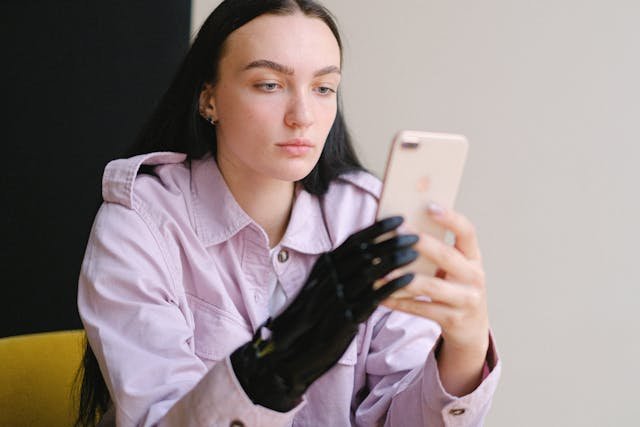
A trans-radial prosthetic is designed for individuals who have lost a portion of their forearm below the elbow. This type of amputation retains the elbow joint, allowing for natural arm movement while relying on the prosthetic to restore hand and wrist functions.
Since the elbow remains intact, trans-radial prosthetics allow users to move their arms more freely, making daily tasks easier. The prosthetic attaches to the remaining forearm using a custom-fitted socket, and depending on the type of prosthetic, it can be controlled through body-powered mechanisms, myoelectric signals, or a combination of both.
Modern trans-radial prosthetics can be highly functional and aesthetic, designed with advanced materials that offer durability and flexibility. Some even come with multi-grip hands and wrist rotation, allowing users to perform complex tasks with precision.
What is a Wrist Disarticulation Prosthetic?
A wrist disarticulation prosthetic is for individuals who have lost the hand at the wrist joint while retaining the full length of the forearm. Since the residual limb is longer compared to trans-radial amputations, wrist disarticulation prosthetics provide a more stable fit and better leverage when performing tasks.
This type of prosthetic typically includes a socket that encloses the forearm and connects to a mechanical or myoelectric hand. One of its advantages is that it can provide a more natural-looking limb, as the length of the forearm remains unchanged. Additionally, the extended forearm allows for better weight distribution, reducing strain on the residual limb.
Because of the presence of a full-length forearm, wrist disarticulation users may find it easier to control certain prosthetic functions, especially when using advanced myoelectric hands that respond to muscle signals from the remaining limb.
Key Differences Between the Two
While both types of prosthetics restore hand function, there are notable differences in how they fit and perform. Trans-radial prosthetics are needed when a portion of the forearm is missing, requiring additional support and stabilization. Wrist disarticulation prosthetics, on the other hand, benefit from a longer residual limb, which improves control and comfort.
The choice between these two depends on factors such as the level of amputation, daily functional needs, and personal preferences. Working with a prosthetist can help determine which prosthetic solution best suits an individual’s lifestyle.
Types of Control Systems for These Prosthetics
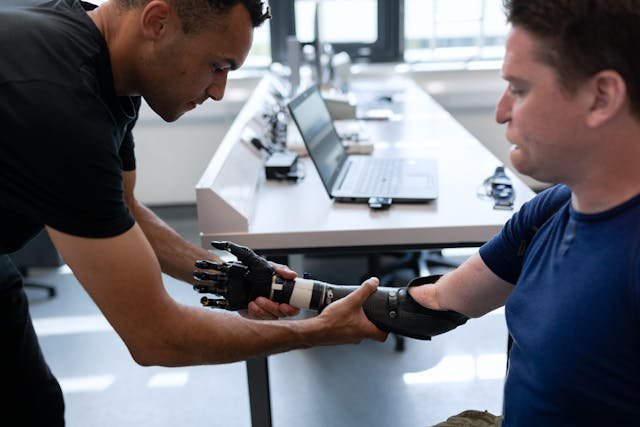
The effectiveness of a prosthetic limb depends on the control system used to operate it. Different types of control mechanisms offer varying levels of functionality and ease of use.
Body-Powered Prosthetics
Body-powered prosthetics use cables and harnesses that are connected to the user’s upper body movements. The user generates force by moving their shoulders, elbows, or upper arms, which activates the prosthetic’s hand or hook.
This system is known for its durability and reliability, requiring no external power sources. Body-powered prosthetics provide good feedback and control, making them ideal for individuals who need a simple and sturdy solution for daily activities.
Although body-powered systems require some physical effort, they are a practical and cost-effective option. They are particularly useful for individuals who perform manual labor or need a prosthetic that can withstand heavy use.
Myoelectric Prosthetics
Myoelectric prosthetics are controlled using electrical signals generated by the user’s muscles. Sensors placed inside the prosthetic socket detect these signals and convert them into hand or wrist movements. This allows for smoother and more intuitive control compared to body-powered systems.
One of the key benefits of myoelectric prosthetics is that they allow users to perform delicate and precise movements, such as holding small objects, typing, or handling tools. Advanced myoelectric hands come with multiple grip patterns, enabling users to switch between different functions depending on the task at hand.
While myoelectric prosthetics offer greater functionality and a more natural appearance, they require regular charging and maintenance. Additionally, they may take time to learn, as users need to train their muscles to generate the right signals for movement.
Hybrid Prosthetics
Hybrid prosthetics combine both body-powered and myoelectric components to offer greater versatility. Users can switch between the two systems depending on their needs, using body-powered functions for strength-based tasks and myoelectric control for precision movements.
This approach provides a balance between durability and advanced functionality, making hybrid prosthetics a great option for users who want both reliability and high-tech capabilities in a single device.
Fitting and Adapting to a Prosthetic Limb
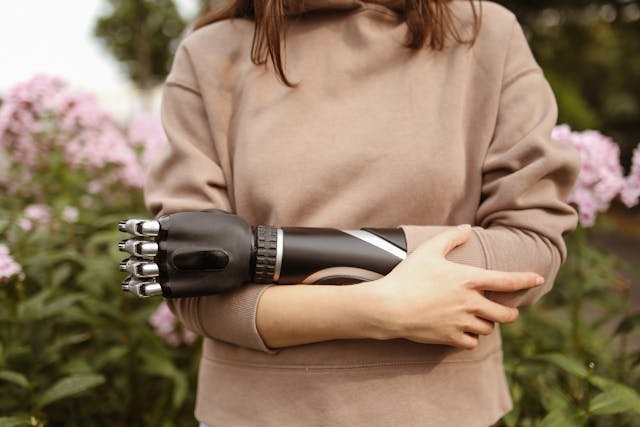
Adapting to a prosthetic takes time, patience, and proper guidance. The fitting process ensures that the prosthetic is comfortable, functional, and suited to the user’s lifestyle.
The Importance of a Proper Fit
The socket—the part of the prosthetic that attaches to the residual limb—is crucial for comfort and performance. A poorly fitted socket can cause discomfort, irritation, or even skin damage, making it difficult to wear the prosthetic for long periods.
A prosthetist will create a custom-fit socket by taking detailed measurements of the residual limb. The goal is to ensure a snug fit that distributes weight evenly while allowing for movement. Some sockets use silicone liners for added comfort, while others rely on vacuum suspension systems to keep the prosthetic securely in place.
Rehabilitation and Training
Getting used to a prosthetic requires training and rehabilitation. Physical therapists and prosthetists guide users through exercises that help them build strength and control. This is particularly important for myoelectric prosthetics, as users must learn how to activate muscle signals effectively.
In addition to functional training, users also practice daily activities such as gripping objects, writing, and performing household tasks. Over time, they develop confidence and skill in using their prosthetic limb.
Adjustments and Maintenance
Regular adjustments are necessary to ensure the prosthetic remains comfortable and functional. As the residual limb changes shape over time, the socket may need modifications to maintain a proper fit. Additionally, components such as cables, batteries, or mechanical joints should be checked periodically for wear and tear.
Proper maintenance extends the lifespan of a prosthetic and ensures optimal performance. Users should follow care guidelines provided by their prosthetist, including cleaning procedures and battery management for electronic components.
Future Advancements in Trans-Radial and Wrist Disarticulation Prosthetics
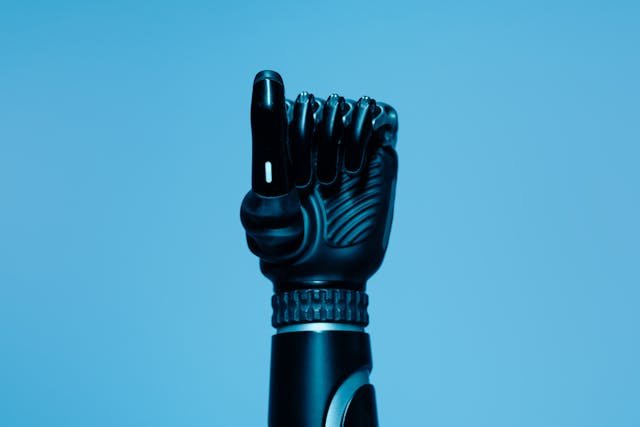
The field of prosthetic technology is evolving rapidly, bringing new innovations that enhance functionality, comfort, and user experience. Future advancements in trans-radial and wrist disarticulation prosthetics will continue to bridge the gap between artificial limbs and natural movement, making them more intuitive and accessible than ever before.
Sensory Feedback and Artificial Touch
One of the most exciting areas of prosthetic research is sensory feedback. Currently, most prosthetic users rely solely on visual and muscle cues to control their devices. However, researchers are developing prosthetics that can provide a sense of touch by connecting sensors to the user’s nervous system.
These advanced prosthetics use electrodes to detect pressure, temperature, and texture, then transmit these sensations back to the brain. This technology allows users to feel what they are touching, making tasks like gripping delicate objects or adjusting grip strength much easier. Sensory feedback also improves coordination, helping users interact with their environment more naturally.
While still in the early stages, artificial touch technology is expected to revolutionize upper-limb prosthetics in the coming years, making them more functional and lifelike than ever before.
Lighter, More Durable Materials
Modern prosthetics are becoming increasingly lightweight, thanks to advances in materials like carbon fiber, titanium, and 3D-printed composites. Lighter prosthetic limbs reduce fatigue and strain on the residual limb, allowing users to wear them comfortably for longer periods.
Additionally, the use of flexible yet strong materials improves durability, ensuring that prosthetic limbs can withstand everyday activities without frequent repairs or replacements. At Robobionics, we prioritize lightweight designs that offer strength without compromising on comfort, ensuring that users can move freely and confidently.
Another exciting development is the integration of smart textiles in prosthetic sockets. These materials adjust to the user’s residual limb shape and temperature, reducing pressure points and increasing comfort. As these materials become more refined, prosthetics will feel even more natural and responsive to the body.
Mind-Controlled Prosthetics and AI Integration
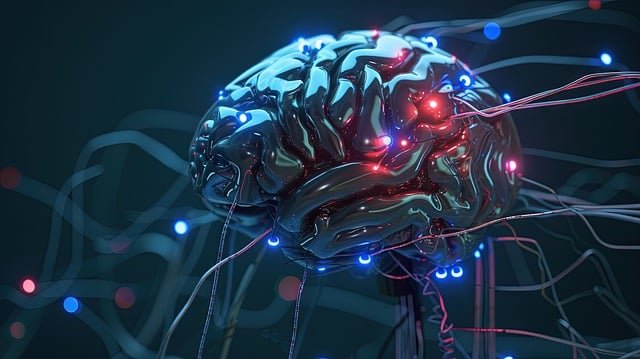
The future of prosthetic control lies in brain-machine interfaces. Researchers are working on mind-controlled prosthetics that allow users to operate their artificial limbs using brain signals rather than muscle movements. These devices use implanted sensors or external electrodes to interpret neural activity, enabling precise and effortless control.
In addition to brain-machine interfaces, artificial intelligence (AI) is being integrated into myoelectric prosthetics. AI-driven prosthetic hands can learn a user’s movement patterns over time, improving response accuracy and adapting to different tasks. This means that prosthetics will become smarter, faster, and more intuitive, providing a seamless user experience.
At Robobionics, we are closely following these developments, ensuring that our prosthetic designs stay aligned with the latest technological breakthroughs. As AI and neural interfaces become more advanced, prosthetic limbs will continue to evolve, offering greater independence and mobility to users.
Emotional and Psychological Impact of Using a Prosthetic Limb
Adapting to a trans-radial or wrist disarticulation prosthetic is not just a physical process—it is also an emotional journey. Losing a limb can bring significant psychological challenges, and the transition to using a prosthetic limb involves learning, acceptance, and resilience. Understanding these emotional aspects is crucial for both users and their support systems.
Adjusting to Life with a Prosthetic
The initial phase of using a prosthetic can be overwhelming. While the prosthetic restores functionality, it requires time and effort to integrate it into daily life. Many users experience a mix of emotions, including excitement, frustration, and self-consciousness.
For some, wearing a prosthetic brings immediate relief, providing a sense of normalcy and independence. However, others may struggle with self-image, feeling that their new limb does not fully replace what was lost. Support from family, friends, and medical professionals plays a key role in helping users navigate these emotions and build confidence in using their prosthetic.
At Robobionics, we emphasize the importance of gradual adaptation. Our approach includes gamified rehabilitation and personalized training, helping users develop control and comfort with their prosthetic limb at their own pace.
Overcoming Social and Emotional Barriers

One of the biggest challenges prosthetic users face is societal perception. While disability representation has improved in recent years, many people still encounter curiosity, unwanted attention, or even stigma when wearing a prosthetic.
Learning how to navigate social interactions confidently is part of the adaptation process. Some users choose to embrace their prosthetic as a bold fashion statement, customizing it with unique designs or vibrant colors. Others prefer a more natural look to blend in seamlessly. Whatever the choice, the key is feeling empowered and in control of one’s own identity.
Mental health support is equally important. Speaking with therapists or joining peer support groups can help prosthetic users share their experiences, learn from others, and develop coping strategies. Encouraging conversations around prosthetic use reduces stigma and helps normalize limb difference in society.
The Sense of Independence and Empowerment
With time and practice, many prosthetic users regain a strong sense of independence. Being able to perform daily activities—whether it’s holding a cup, typing on a keyboard, or playing a musical instrument—brings a renewed sense of confidence.
Advanced prosthetic technology, such as multi-grip myoelectric hands, further enhances this independence, allowing users to take on a wider range of tasks. Adaptive sports and hobbies also play a huge role in rebuilding self-esteem. From cycling and swimming to painting and gaming, prosthetic users are proving that limb loss does not define their abilities.
At Robobionics, we believe that prosthetics are more than just functional tools—they are extensions of individuality and strength. Our goal is to provide prosthetic solutions that empower users to live life to the fullest, with confidence and freedom.
Conclusion
Trans-radial and wrist disarticulation prosthetics offer individuals the opportunity to regain independence and functionality after limb loss. Whether body-powered, myoelectric, or hybrid, these devices provide solutions that cater to different needs and lifestyles. Choosing the right prosthetic involves understanding how each type works, considering control mechanisms, and ensuring a proper fit through professional guidance.
At Robobionics, we are committed to providing innovative and accessible prosthetic solutions that enhance users’ lives. If you are exploring prosthetic options, book a free consultation with us today and take the first step toward restoring mobility and confidence.



